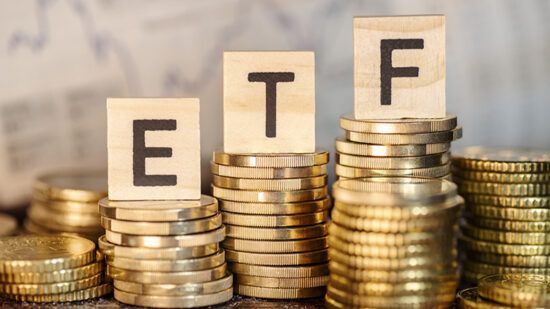European government bonds outperformed US Treasuries in 2024 due to expectations of falling interest rates, according to a report written by JP Morgan Asset Management (JPMAM).
The document, which examines how the markets performed in 2024, states that last year was “another impressive year” for risk assets. Written by global market strategist Max McKechnie, it said continued US strength helped developed market equities deliver total returns of over 19%.
McKechnie added: “[…] a late rally in Chinese equities coupled with strong results out of India and Taiwan helped emerging market equities deliver 8.1%. While the performance of US mega-cap tech ensured that global growth stocks dominated for the second year in a row, prospects for deregulation following the US election boosted financials helping global value stocks to rise 12.3% over 2024. Commodities were held back by weak demand in China and the broad commodity index delivered 5.4%.”
He concluded: “However, concern over the US fiscal direction led to a strong performance from gold which ended the year with returns of 27.1%. Developed market central banks started normalising policy in 2024, but resilient growth and sticky inflation meant markets pared back expectations for how quickly rate cuts would be delivered, particularly in the US. The combination of a strengthening dollar and rising yields meant global investment grade bonds delivered negative returns of -1.7% over the year.”
See also: German economy hit by domestic political crisis
On the European side, McKechnie said economic momentum weakened ‘significantly’ over 2024, with the manufacturing section particularly hard hit from high energy costs, regulation, and lack of exports. The continent, he added, was being impacted by government-subsidised competition from China and the political unrest in both Germany and France.
There were, however, some strengths to the European market. McKechnie said European government bonds performed better than US Treasuries due to the weaker economic outlook translating into greater confidence in a downward direction for interest rates. Even so, he said the high starting yield did partially cushion US Treasuries that still delivered returns of 0.6 % over the year.
McKechnie wrote: “On the opposite end of the spectrum, economic weakness meant European bonds outperformed. The problem was concentrated in Germany while activity remained relatively strong in the European periphery. This allowed peripheral spreads to tighten and Italian bonds were the best performing sector with returns of 5.3% over 2024. The collapse of two French governments sparked investor concerns about the trajectory for French debt. French spreads widened by 30bps relative to Germany and are now wider than Spanish spreads for the first time since the global financial crisis.”







